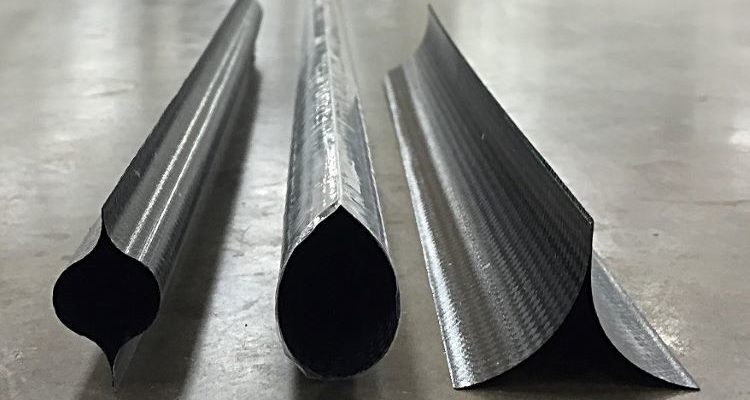“The unique synergistic relationship between Yu’s computational mechanics research group at Purdue and AnalySwift, with its SwiftComp simulation software, makes it a very efficient transition mechanism of new material and structures fundamental theory developments into the commercial world,” said Juan Fernandez, a research aerospace engineer with NASA. “The ultimate goal is to increase the capabilities of this commercial computational tool so that others in the high-strain composites community can benefit from it and help advance the field while using it to satisfy current and future NASA program modeling needs.”
NASA could find other uses for the software beyond the deployable composite booms including living vessels and foldable panels in a space environment, satellite buses, rovers, antennas and more. Applications such as flexible wings for aircraft and structures for vertical lift aircraft are also possible.
The software also has been licensed for work on satellites and mobile phone components, including printed circuit boards.


